Blog
5 Reasons To Cycle Australia
Fair Dinkum. The Sydney Opera House, the Harbour Bridge, the Sunshine Coast and the Great Ocean Road are all wonderful reasons to cycle Australia but here are 5 that might not have crossed your mind.
Slang – The Difference Between A Barbie & A Bogan

G’day yous cyclists! Bruce here in Straya on this ripper arvo. Just me and an esky full of stubbies and tinnies. Crikey, I’m rapt and stoked to have you pedal across our land. Going to be some hard yakka but there will be no drama as long as you have a slab, heaps of snag, a billy, lollies, chook, tucker and a choccy biccy. If not, you can always stop at a Maccas or a servo, if only to use to the dunny or pick up a goon. If you are stuffed or rooted you can always take a sickie and get nuddy in your swag instead. Strewth, we hope you don’t run into any bludgers, bogans, dags, drongos, galahs, hoons, mongrels or mozzies. After a beauty of a ride, you should grab your thongs, sunnies, bathers, budgie smugglers, give the Aussie salute, find a larrikin, skull a beer and get legless. Throw a shrimp on the barbie? Bloody oath! I’ll be devo if you bail or shoot through so I reckon you should absolutely come over for a few coldies, mate. And bring the rello. Good on ya.
Food – The Great Vegemite Debate
While the original inhabitants of Australia chowed down on kangaroo, wallaby, emu, bogong moths, witchetty grubs, lizards and snakes (yum), cyclists can now enjoy some distinctly Aussie foods. Not everyone will be impressed, of course, but when in Oz, try these local favourites.
Vegemite – Australians have developed an almost incomprehensible love of this breakfast and sandwich spread, made from used brewer’s yeast, and still sing along to ‘Happy Little Vegemites‘, an advertising jingle first heard in the 1950’s. Although the standard way to eat it is to spread it on toast, you can also find Vegemite-cheese sandwiches, Vegemite and avocado on toast, Vegemite pizza, and, in Tasmania, Vegemite scrolls.
Anzac Biscuit – Created by soldiers’ families during WWII, it is a combination of oats, flour, coconut, butter, golden syrup and bi-carbonate of soda. Designed to withstand the long journey by ship and road to the trenches in Europe, it will certainly survive a few day’s at the bottom of your panniers.
Chiko Roll – Invented by a boilermaker, Frank McEnroe, in 1951 and first sold at the Wagga Wagga Agricultural Show, this tasty combination of cabbage, carrot, onion and beef (no chicken, despite the name) was a riff on the traditional Chinese spring roll. McEnroe’s intent was to make a snack that could be held in one hand as the other hand would of course, it is Australia after all, be occupied holding a cold beer. Cyclists, please assume the position!
Wildlife – Whatever Doesn’t Kill You…Probably Doesn’t Live In Australia

Box jellyfish. Saltwater crocodiles. Great White sharks. Eastern Brown snake. Funnel web spider. Blue-ringed octopus. Coastal Taipan. Common death adder. Irukandji jellyfish. Freshwater crocodiles. Bull Shark. Spotted brown snake. Tiger shark. Tiger snake. Red-bellied snake. Bluebottle. Yellow-bellied sea snake. Redback spider. Reef stonefish. Mulga snake. Lionfish. Collett’s snake. Highland copperhead. Smooth toadfish. Blue-bellied black snake. Australian paralysis tick. Bull Ant. Giant centipede. And snails. Yes, even snails in Australia can kill you. ‘Cone snails use a hypodermic needle–like modified radula tooth and a venom gland to attack and paralyze their prey before engulfing it. The tooth, which is sometimes likened to a dart or a harpoon, is barbed and can be extended some distance out from the head of the snail, at the end of the proboscis.‘
Southern Night Sky – No, That Isn’t The Big Dipper

Cyclists used to seeing the Big and Little Dippers and Ursa Major and Minor in the night skies are in for a shock on their first night camping in the Australian Outback. First off, it appears to the naked eye that there are more stars in the sky. The reason is that the South Pole is oriented toward the centre of the Milky Way, our own galaxy. It’s easier to see those relatively nearby stars than stars that are farther away. Just as the Big Dipper is probably the most famous constellation in the northern hemisphere, the Southern Cross is the most distinctive in the southern skies. Both indicate the location of their respective poles and as such, the Cross is often utilized by navigators. The longer bar of the Cross points almost exactly toward the south pole of the sky.
Surprisingly, the Cross was plainly visible everywhere in the United States some 5,000 years ago, as well as in ancient Greece and Babylonia but thanks to precession — an oscillating motion of the Earth’s axis — the Cross ended up getting shifted out of view well to the south over the ensuing centuries. The strange night skies along with the sun seemingly being located over the wrong shoulder when cycling, not to mention water spinning the wrong way down the toilet, can cause havoc with even the most experienced cyclist’s internal directions.
Wine – Shiraz Heaven

While Australia grows a wide a variety of grapes for wines – Chardonnay, Cabernet Sauvignon, Sauvignon Blanc (and all of them well) – when it comes to right down to it, no other grape is more synonymous than Shiraz. Almost universally planted, capable of everything from affordable, quaffable BBQ reds to magnificent, age-worthy classics that are truly world-class, Shiraz has it all. It is a late budding and late ripening red grape that is the foundation of leading wines, including Châteauneuf-du-Pape, the Languedoc-Roussillon and many a Vin De Pays. The first Shiraz vines made their way to Australia in James Busby’s 1832 collection. Recognized as the father of Australian wine, Busby travelled through Spain and France collecting vine cuttings that were the foundation of the Australian wine industry.
Australia is home to the world’s oldest continuously productive Shiraz vines with vineyards dating back to 1843 (Langmeil), 1847 (Turkey Flat) and 1860 (Tahbilk). These un-grafted, pre-phylloxera vines produce tiny crops of intensely concentrated grapes. In Australia’s warm climate, Shiraz shows greater jammy, blackberry and plum fruit characters. Many of Australia’s early wine promoters were doctors, among them Dr Christopher Rawson Penfold who arrived in Adelaide in 1844. He called his property the Grange, a name that would become synonymous with Australian fine wine. Penfold’s first wines were available on prescription, thought to be of benefit to anaemic patients! After a long day in the saddle, pedalling past Australia’s gorgeous vineyards, we think you should definitely follow Dr Penfold’s sage advice.
RELATED
TOUR
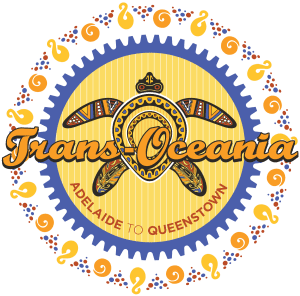
Trans-Oceania
Pedaling across southeastern Australia, Tasmania, and both islands of New Zealand the multitude of experiences will be hard to fathom: pleasant wine...
 REGISTER NOW
REGISTER NOW
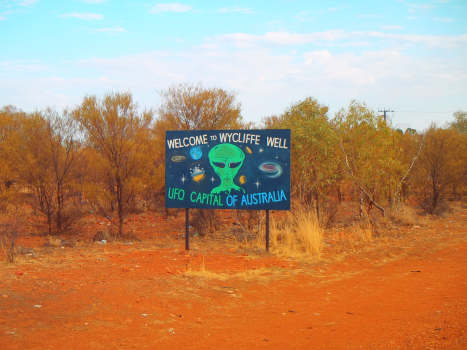
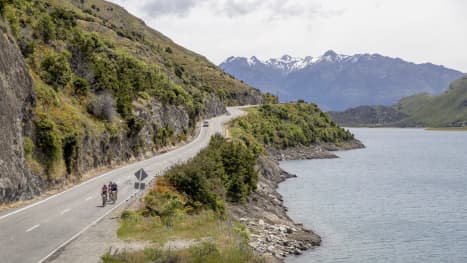
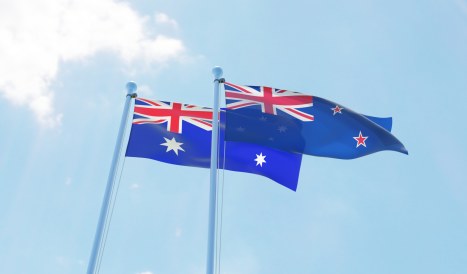
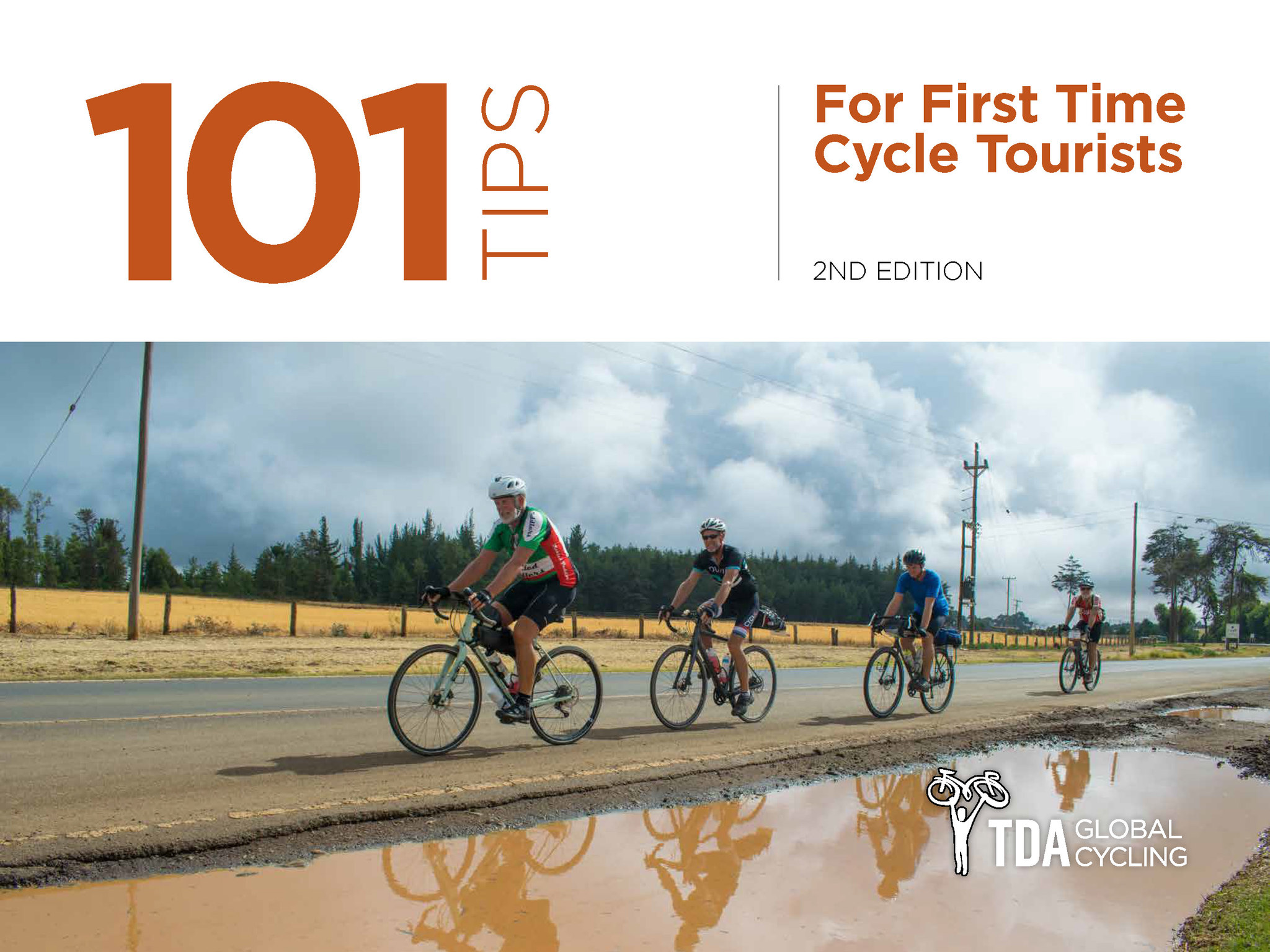
1 Comment for "5 Reasons To Cycle Australia"
Spent january, February and March bicycling (2.700 km’s )unsupported around some parts of Australia.
Look forward to the coastal road from Perth to Busselton, Margaret River and it’s wineries, the Caves’ Road to Augusta, the Hills South of Adelaide, Devonshire Tea at Lavers Hill on the Great Ocean Road and don’t forget to taste Grand Father’s Port